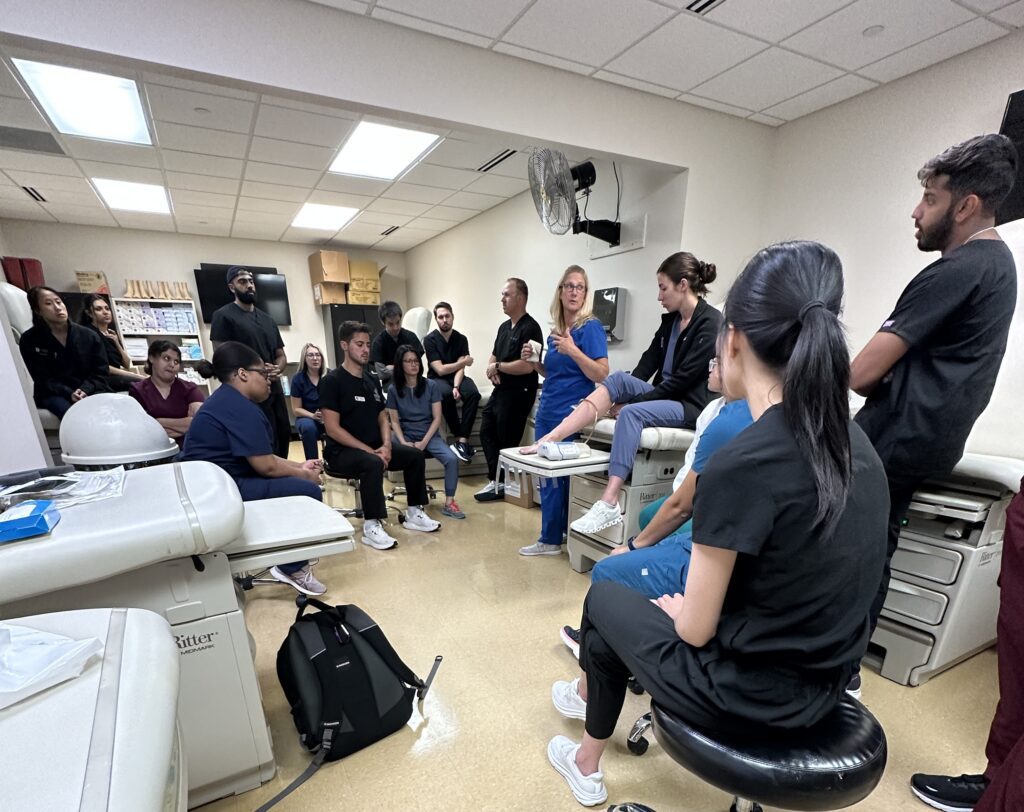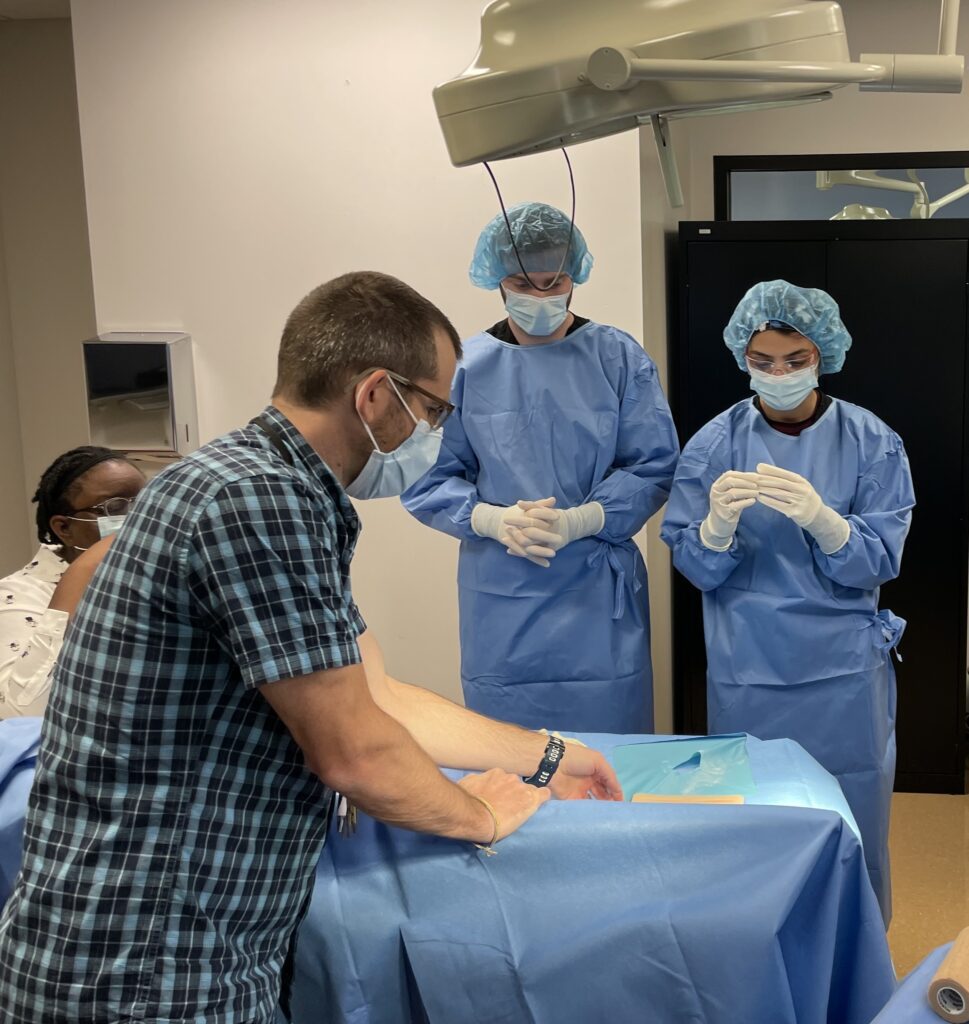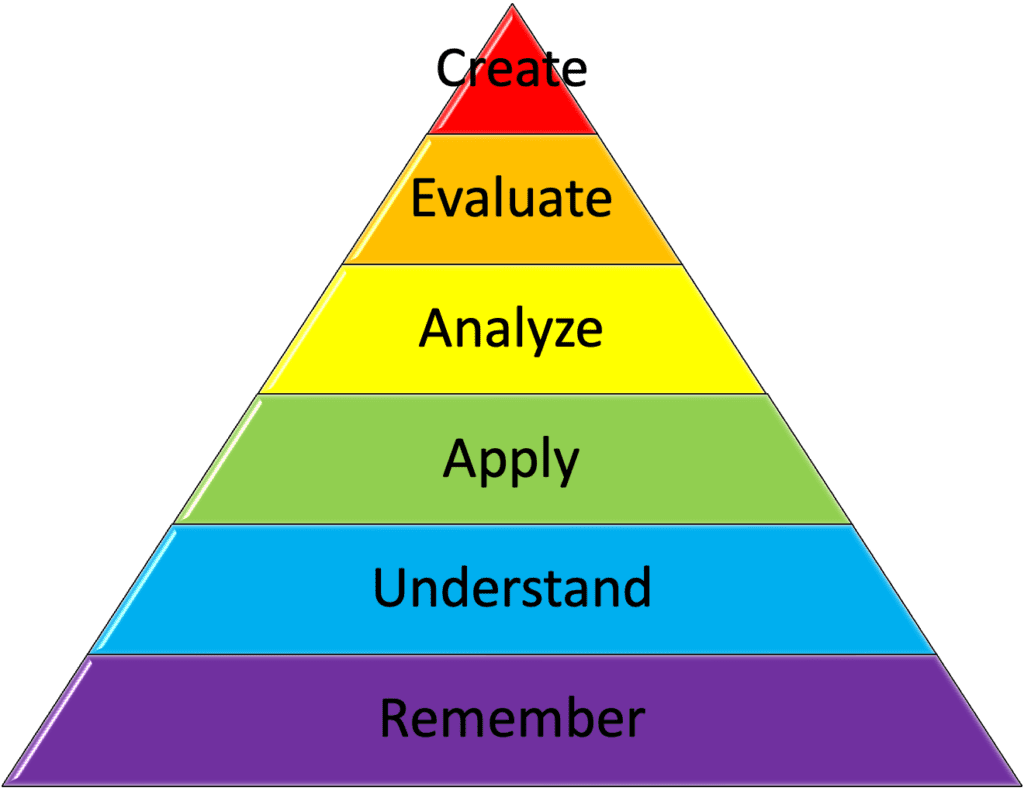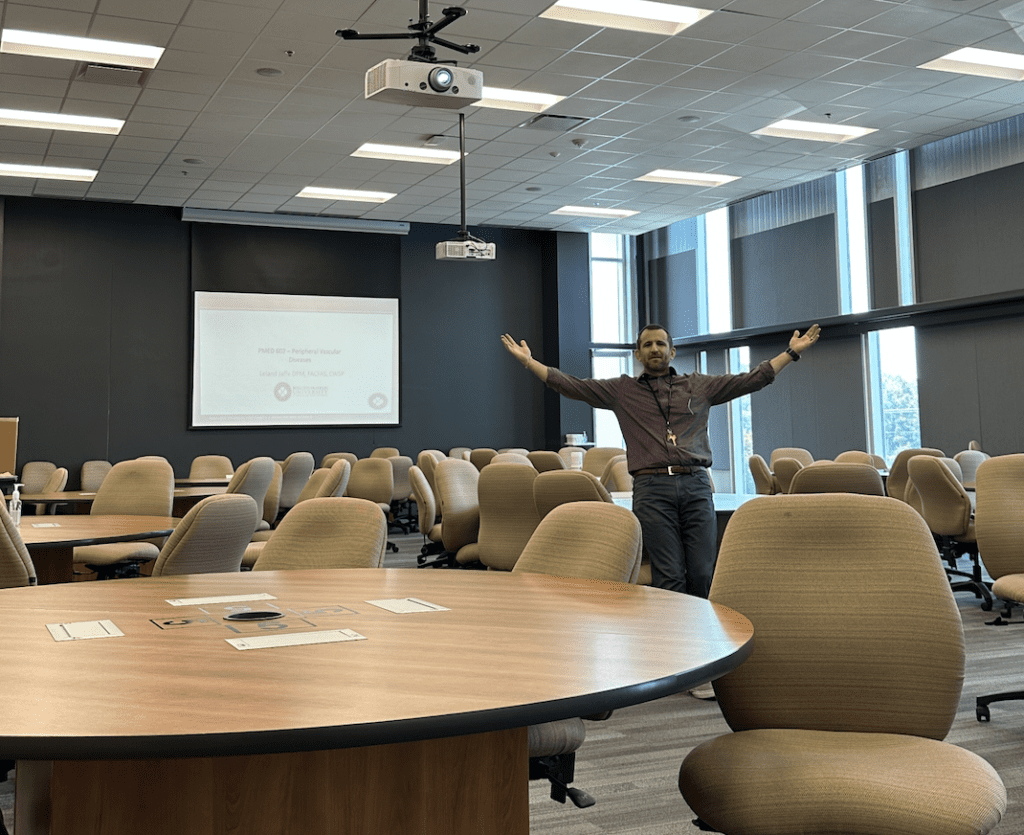Student engagement is the heartbeat of effective education. When students are actively involved in their learning, the entire educational experience becomes more enriching and meaningful. In this blog post, we will explore strategies for improving student engagement and fostering a dynamic and interactive learning environment that empowers students to thrive academically and personally.


1. Create a Positive and Inclusive Learning Environment
The foundation of student engagement begins with the learning environment. Establishing a positive and inclusive space where students feel valued and respected sets the stage for active participation. Encourage open communication, embrace diversity, and promote a sense of belonging within the classroom. Creating a positive learning environment in the classroom is paramount for fostering effective education and holistic development. A positive atmosphere enhances students’ engagement, motivation, and overall well-being, contributing to a conducive space for learning. When students feel supported, respected, and valued, they are more likely to participate actively, ask questions, and explore new concepts without fear of judgment. A positive learning environment also cultivates a sense of community among students, promoting collaboration and teamwork. Instructors play a crucial role in shaping this environment by establishing clear expectations, providing constructive feedback, and modeling positive and professional behavior.
2. Utilize Interactive Teaching Methods
Lectures have their place, but integrating interactive teaching methods can significantly enhance student engagement. Incorporate group discussions, hands-on activities, case studies, and real-world examples to bring the subject matter to life. Interactive sessions not only capture students’ attention but also encourage critical thinking and collaboration.
Importance of integrating these methods into the classroom
The importance of using interactive teaching methods in the classroom cannot be overstated as they play a pivotal role in fostering student engagement, comprehension, and retention of information. Interactive methods, such as group discussions, hands-on activities, and collaborative projects, transform the learning experience from a passive reception of information to an active, participatory process. These methods cater to diverse learning styles, allowing students to interact with the material in ways that resonate with their individual preferences. Furthermore, interactive teaching promotes critical thinking skills, problem-solving abilities, and effective communication, preparing students for the challenges they will face in their academic and professional lives. By creating an environment where students are actively involved in their learning, interactive teaching methods contribute to a more dynamic and enriching educational experience, ultimately leading to better understanding and mastery of the subject matter.
3. Incorporate Technology Thoughtfully
Embrace technology as a tool to enhance rather than replace traditional teaching methods. Utilize interactive learning platforms, educational apps, and multimedia resources to cater to diverse learning styles. Technology can make complex concepts more accessible and create opportunities for students to explore topics in innovative ways. Some of the technologies that I’ve used within the classroom include:
4. Relate Learning to Real-world Applications
Help students see the practical relevance of what they are learning by connecting it to real-world applications. Demonstrate how the concepts they are studying have tangible implications in various fields. When students understand the real-world significance of their education, they are more likely to engage with enthusiasm and curiosity. Following a lesson, I will often incorporate a case study into my lecture to demonstrate the application of the content that was just taught.
Providing students practical applications of content
Integrating real-world examples into lectures is crucial for bridging the gap between theoretical concepts and practical applications, making the educational experience more relevant and impactful. These examples provide tangible connections that resonate with students, illustrating how the content relates in a practical setting. By grounding abstract ideas in real-world scenarios, educators not only capture students’ interest but also enhance their understanding of complex concepts. Real-world examples help students see the practical implications of what they are learning, fostering a deeper appreciation for the subject matter and its relevance. This approach not only makes learning more engaging but also equips students with the critical thinking skills needed to navigate and solve problems in their future academic and professional endeavors.
5. Foster a Collaborative Learning Community
Encourage collaboration among students by incorporating group projects, peer learning, and interactive exercises. Collaborative activities not only enhance understanding but also promote teamwork, communication skills, and a sense of community within the classroom. Creating a supportive network among peers can be a powerful motivator for engagement.
6. Provide Timely and Constructive Feedback
Feedback is a crucial element in the learning process. Provide timely and constructive feedback on assignments, assessments, and class participation. Clear feedback helps students understand their strengths and areas for improvement, motivating them to stay engaged and continuously strive for academic excellence. A formative assessment can provide feedback to the instructor regarding the students’ strengths and weaknesses. This can also help the instructor to better understand what material the students grasped, and what they’re still struggling with.
Conclusion
Improving student engagement is not a one-size-fits-all endeavor. It requires a combination of thoughtful strategies, a positive learning environment, and a commitment to understanding and meeting the unique needs of each student. By fostering a dynamic and inclusive atmosphere, utilizing interactive teaching methods, and embracing technology judiciously, educators can create an environment where students are not just passive recipients of information but active participants in their learning journey. As we strive to unlock the full potential of every student, the ongoing pursuit of innovative and student-centered approaches is key to creating a vibrant and engaging educational experience.


Leland Jaffe DPM, FACFAS
Associate Professor and Dean
Podiatric Foot and Ankle Surgeon
North Chicago, Illinois







